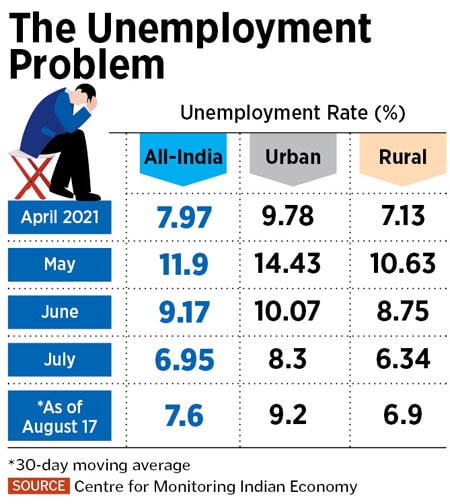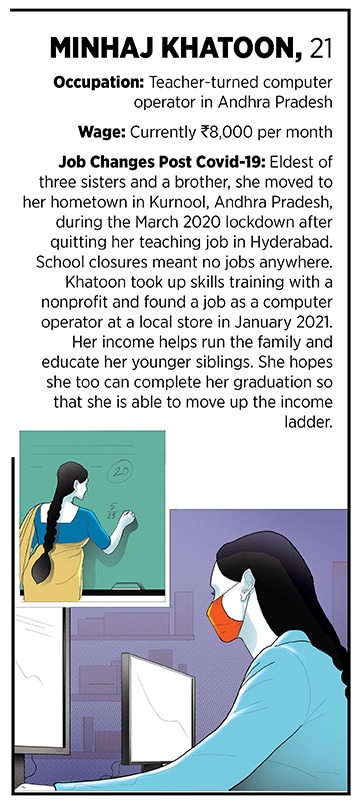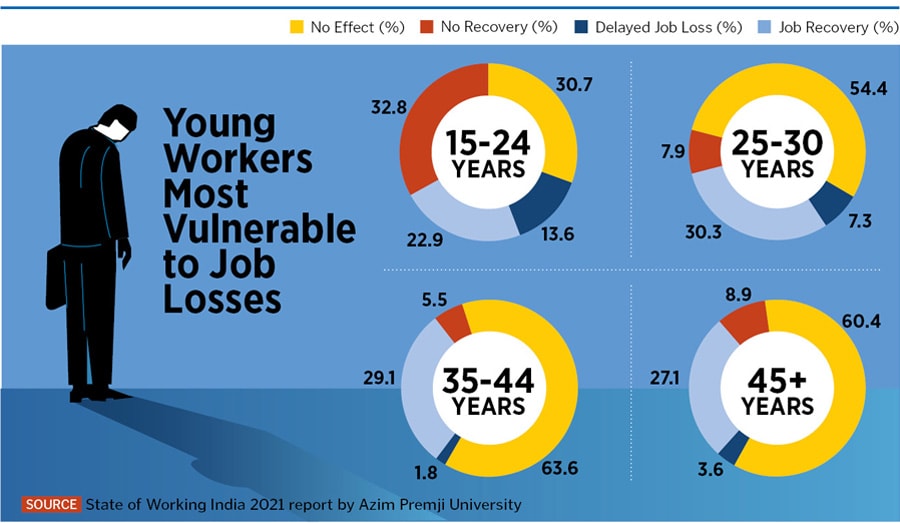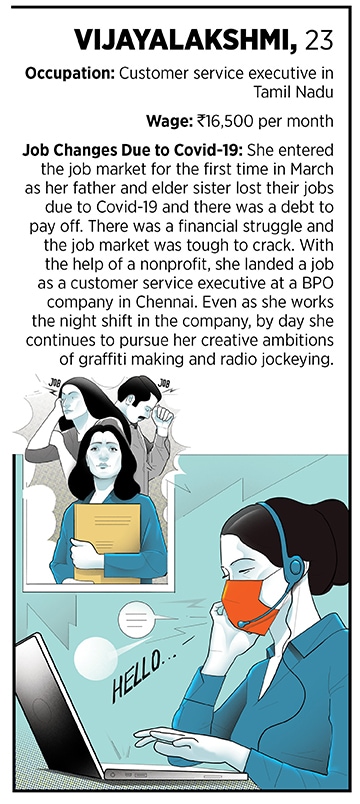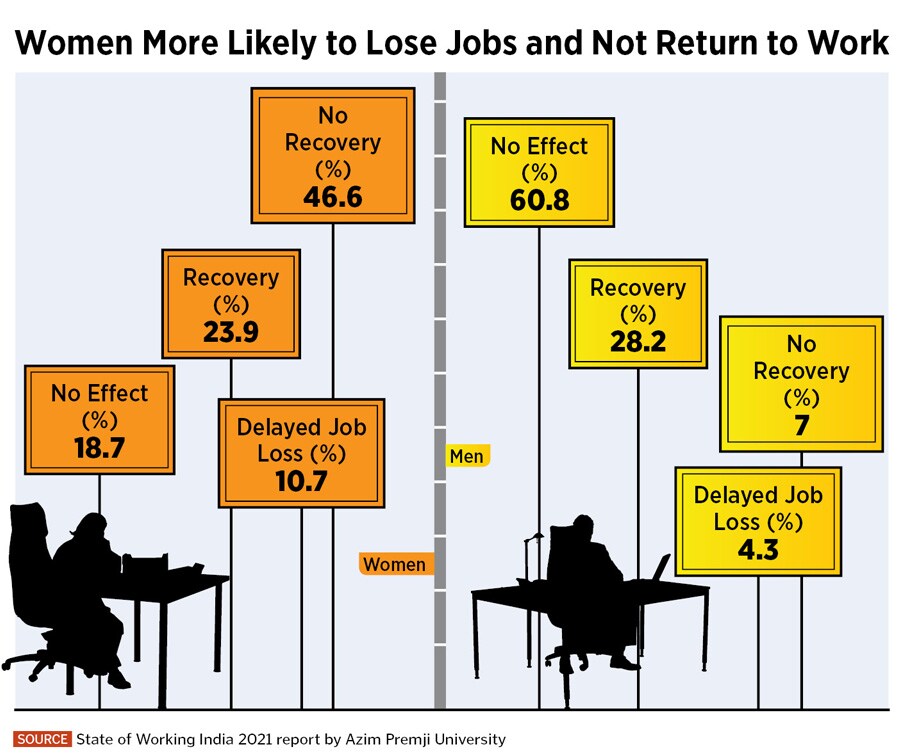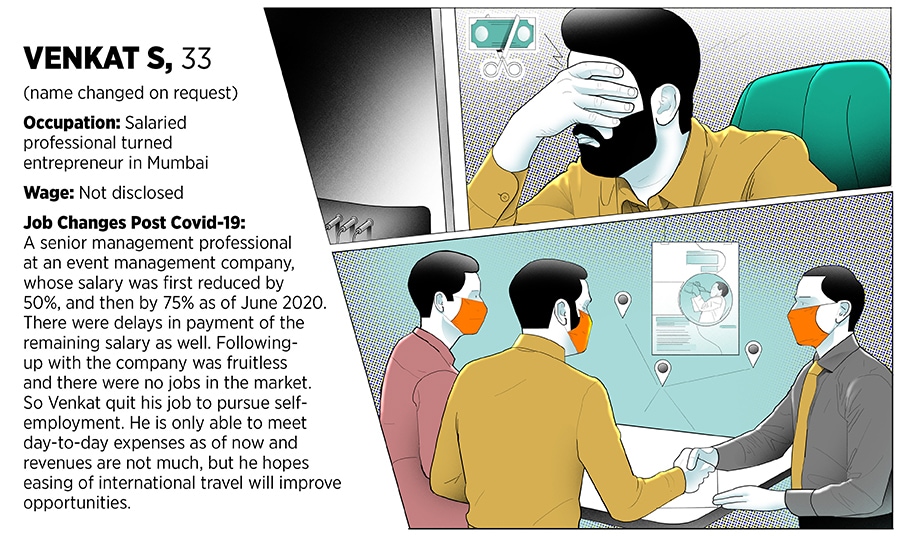
Reemploying India: How can we create the jobs millions of Indians need?
Structural weaknesses in the jobs market, amplified by Covid-19, continue to quietly impact many, particularly women and younger workers. Creating sustainable, quality employment opportunities need urgent policy attention and reforms

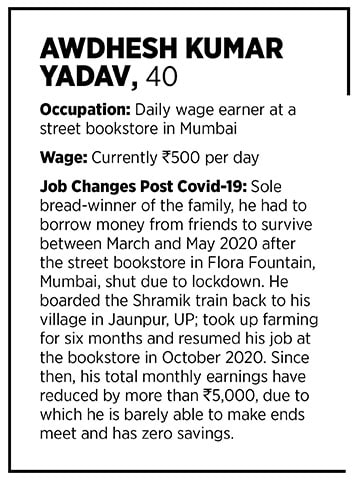 Awdhesh Kumar Yadav says he thought he had a safe, steady job, but Covid-19 proved him wrong.
Awdhesh Kumar Yadav says he thought he had a safe, steady job, but Covid-19 proved him wrong.
He had been working for a street bookstore owner at Flora Fountain in Mumbai, starting with a daily wage of Rs60 in 1999. He had left his village in Jaunpur, Uttar Pradesh, where his family practiced farming on one acre of land, and migrated to Mumbai to climb up the income ladder. Over two decades later, by early 2020, Yadav had started making close to Rs700 per day on the job and his monthly take-home income had increased to more than Rs20,000. The money, he says, had been sufficient to make ends meet every month.
When the Covid-19 pandemic struck last year, in its wake came joblessness, financial constraints and fear. The bookstore closed down and Yadav was stuck at home with no work and no money. The only earning member of his family, comprising his wife and two school-going boys, the 40-year-old borrowed money from friends and boarded the Shramik train started by the government for migrant workers in May. He started farming in his village and remained there till October.
When Yadav returned to Mumbai, he got back his old job, but nothing was the same again. “Pehle toh dhanda Rs5,000-Rs10,000 ka hota tha din mein, abhi toh bohot kam hai, sirf Rs2,000 to Rs2,500,” he says, referring to the steep fall in daily sales at the bookstore.
For him, this meant a cut in his daily wages. He barely manages to earn Rs500 per day, which translates to about Rs15,000 per month. The wage cut continues to this date, and Yadav has no idea when the situation will improve, though he hopes it will, soon. At home, this has meant aggressively cutting corners. “No savings are possible with this income, not even a single rupee,” he says. At least this was better than so many others he knows, who lost their jobs and have since not landed another one.

